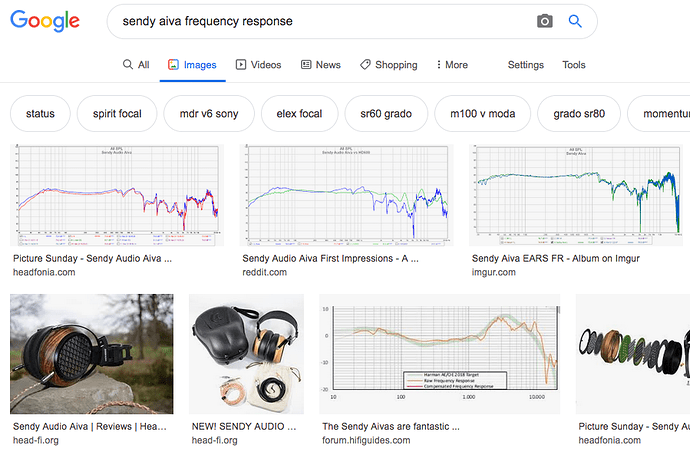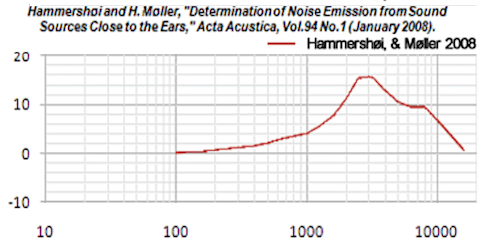Well this is hilarious. Occurred to me to check what graphs are available for the Aiva to see whether we could glean anything more about it. So I did a google search with this result:
Three copies of the same graph you posted but none of them attributed to the actual source, which is the Aiva review by Jonathan Parks AKA Resolve Reviews. But the fourth graph looked truly bizarre to me. So clicked on it – and was taken to a post I had made in response to you regarding the Aivas back when you bought them! (The Sendy Aivas are fantastic! - #28 by M0N)
That graph is a screen grab of Oratory1990’s measurements of the Orpheus HE-1 that I used as an example of a point I was making in my comment. So anyone who isn’t careful or doesn’t understand FR graphs might mistake the HE-1 graph for an Aiva graph, lol! (I’ve got to remember to label all graphs I post right on the image itself.)
Getting back to the Aiva’s graph. Best guess is that is was compensated with MiniDSP’s HPN compensation curve, which in turn is apparently their version of the diffuse field curve. The DF curve traditionally looks like this:
IOW, a flat bass, gently rising mids but a massive upper mids peak topping out at roughly 15.5 dB. Due to a misunderstanding fostered by Sennheiser and probably others, DF is not a realistic version of accuracy but a large segment of the headphone community is used to graphs based on it. IAC, if we translate from DF to Harman or something along those lines, we have to add between 3 and 5 dB to a DF compensated graph at 3 kHz and taper off both before and after that. The upshot is that Resolve’s graph of the Aiva seems to show that it is recessed throughout most of the upper mids and treble. But in fact it may well show as only being recessed between 2 and 3 kHz if the graph were compensated by a Harman-like target.

